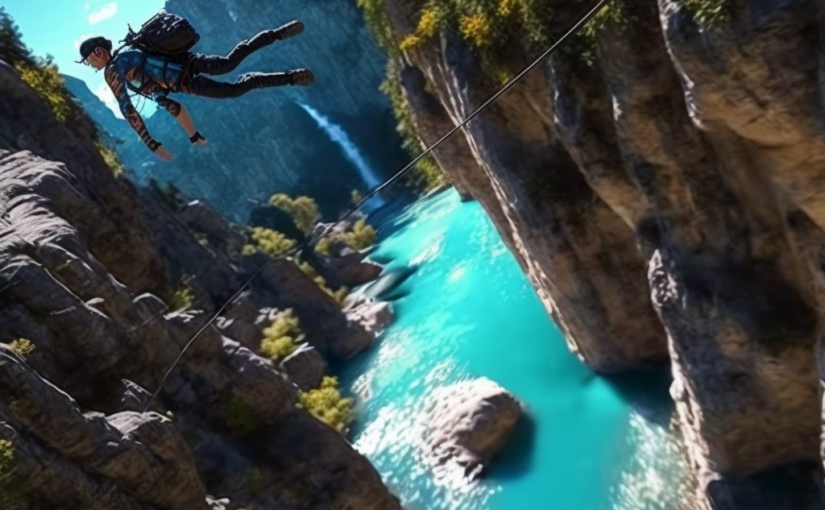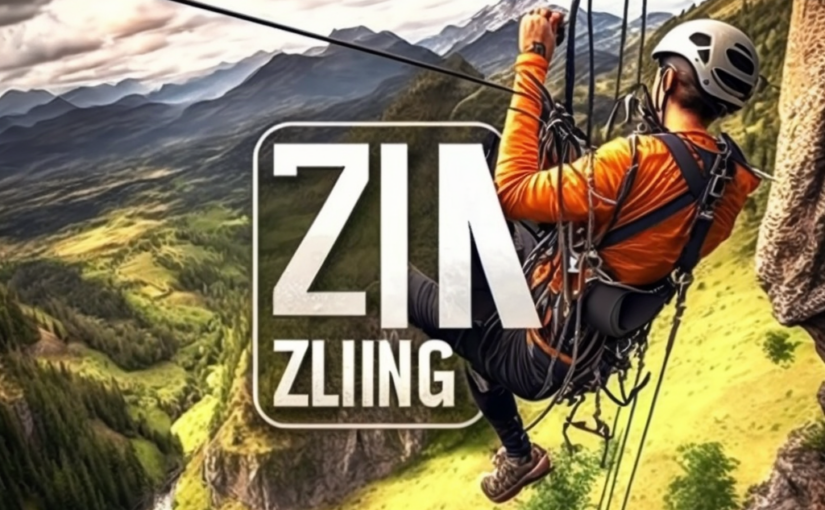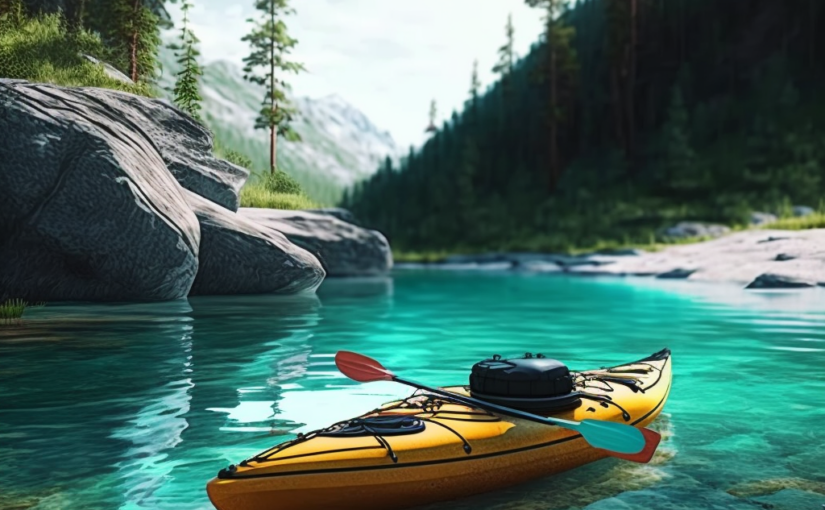Are you looking for a thrilling way to get your adrenaline pumping on your next adventure? If so, bungee jumping is the perfect activity for you! Bungee jumping is a thrilling and unique way to experience the excitement of falling from a great height, while safely secured to a bungee cord. It is an activity that will have you feeling alive and provide you with a unique experience that you can share with your friends and family.
Bungee jumping is a relatively new activity and is becoming increasingly popular. The activity was first developed in 1979 by a group of New Zealanders who wanted to find a way to experience the thrill of falling from a great height. Since then, bungee jumping has become a popular activity all over the world, with some of the best sites located in Europe, Africa, and the United States.
Definition of Bungee Jumping
Bungee jumping is an extreme sport in which a person jumps from a high structure, typically a bridge or crane, while connected to a bungee cord. The jumper typically free falls for a short distance, followed by an elastic rope catching them and bringing them back up, allowing them to bounce up and down.
Types of Bungee Jumping
- Bridge Jumps: Bungee jumping from a bridge is one of the most popular and thrilling ways to experience the sport. This type of jump involves jumping off a bridge, usually a large bridge over a river or a canyon, and being securely attached to a bungee cord that is then attached to the bridge. The rush of falling and then bouncing back up is unlike anything else.
- Tower Jumps: Tower jumps involve jumping off a tall tower structure, such as a tall building or a crane. The bungee cord is securely attached to the top of the structure, and the jumper leaps into the air and is securely attached to the bungee cord. This type of jump is usually higher than a bridge jump and can offer a more intense rush of adrenaline.
- Platform Jumps: Platform jumps involve jumping off a platform that is either suspended from an object or attached to the ground. The bungee cord is securely attached to the platform, and the jumper jumps off and is securely attached to the bungee cord. This type of jump is often higher than a bridge jump and can offer an extreme adrenaline rush.
Preparation for Bungee Jumping
Bungee jumping is one of the most exhilarating experiences a person can have and requires a lot of preparation. We will provide an overview of the preparation needed for a successful bungee jump. It will cover topics such as the equipment needed, safety precautions, and physical and mental preparation.
Equipment
The most important piece of equipment for a safe and successful bungee jump is the bungee cord. Bungee cords are typically made of latex rubber and come in a variety of lengths and strengths. It is important to choose a cord that is long enough to reach the ground, yet strong enough to support your body weight. In addition, you will need a secure harness, a helmet, and protective clothing.
Safety Precautions
Before attempting a bungee jump, you should always check to make sure the equipment is in good condition and all safety procedures and protocols are being followed. Additionally, it is important to make sure the area is safe and free from potential hazards. It is also important to make sure you have a spotter to supervise the activity and ensure everything is done properly.
Physical Preparation
Bungee jumping is a physically demanding activity and requires a certain level of physical conditioning. You should make sure your body is in condition to handle the physical stresses of the jump. This may include doing exercises to improve your flexibility and strength. Additionally, you should make sure you are well hydrated and have eaten a balanced meal before the jump. Anyone who has a medical condition that could be impacted by the physical stresses of bungee jumping, such as heart disease, hypertension, or high blood pressure; anyone who is pregnant; anyone under the age of 18; and anyone who is not in good physical shape should not bungee jump.
Mental Preparation
In addition to physical preparation, it is important to prepare yourself mentally for the jump. This includes visualizing yourself completing the jump successfully, setting realistic goals, and calming your nerves. It is also important to remember that fear is a normal part of the experience and to remain calm and focused.
Bungee jumping is an exhilarating adventure that is sure to provide a thrill like no other. Whether you take the plunge from a bridge, platform, or other structure, you’ll never forget the feeling of free-falling before the bungee cord snaps you back up. With its growing popularity, there are more places than ever to experience the thrill of bungee jumping on your next adventure. About the must-have adventure for the traveler you can read here.
Bungee jumping is an extreme sport in which a person jumps from a high structure, typically a bridge or crane, while connected to a bungee cord. The jumper typically free falls for a short distance, followed by an elastic rope catching them and bringing them back up, allowing them to bounce up and down.
Anyone who has a medical condition that could be impacted by the physical stresses of bungee jumping, such as heart disease, hypertension, or high blood pressure; anyone who is pregnant; anyone under the age of 18; and anyone who is not in good physical shape should not bungee jump.




